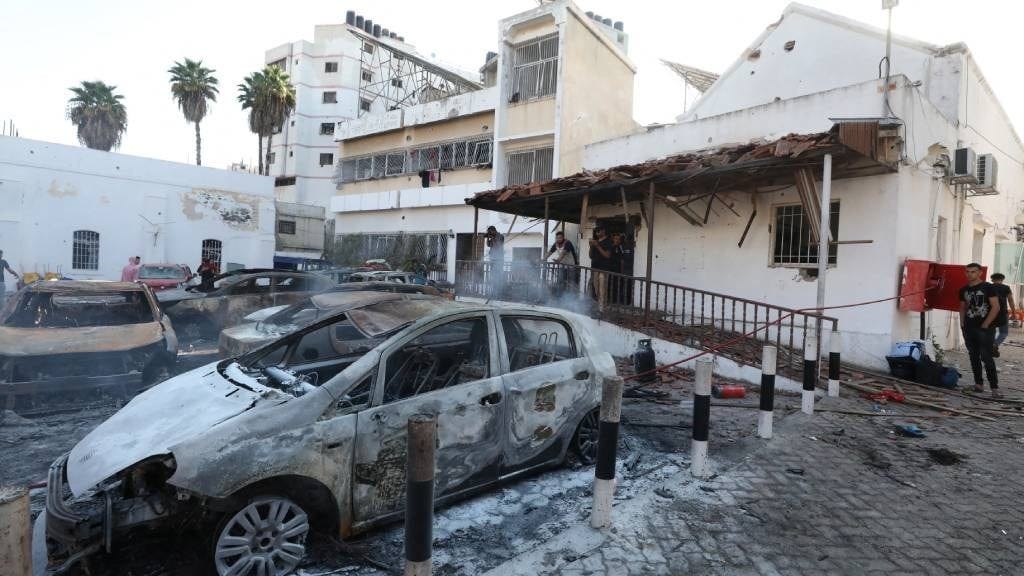Thanks for subscribing to our neutral, fact-based analysis of conspiracy theories and controversial topics. Here’s the latest news on what’s-really-what!
Wars are hard to cover. Journalists usually stay away from the actual battles, relying on press briefings from governments. I don’t blame them. Those bent on venturing out are usually embedded with troops and see only one side. Those adventurous enough to strike out on their own really risk their lives. So a lot of information about wars comes from governments and so-called citizen journalists catching video footage and photographs on their phones.
The struggle to determine what actually happened is exacerbated by the hordes of pundits – professional and amateur – who are more interested in promoting their theories than the facts. Or promote only the facts that support their theories. Social media has turned most of the online news environment into a virtual barroom brawl. One recent, glaring example of the problem is the bombing of al-Ahli Arab Hospital in Gaza.
No one disputes the hospital was hit with something and civilians died. Two facts! The day it happened – Oct. 17 – initial reports varied. Palestinian sources in Gaza (Hamas) stated that Israel shelled the hospital and close to 500 people were killed. The Israeli military denied the allegation. Israel, the U.S., the EU and France claimed the explosion was caused by a failed rocket launch by Palestinians (specifically Palestinian Islamic Jihad inside Gaza), citing intelligence sources. The PIJ has denied any involvement.
Most sources in most of the stories were intelligence and military, with an occasional firsthand interview with a doctor or other NGO source. One of the best, neutral reviews was published the following day by Britain’s Channel Four TV. The five-minute report summarized all sides, cross-examined all sides and was inconclusive as to the culprit. Wikipedia published an impressive index of varying global reports and analyses. The United Nations has called for an independent investigation.




